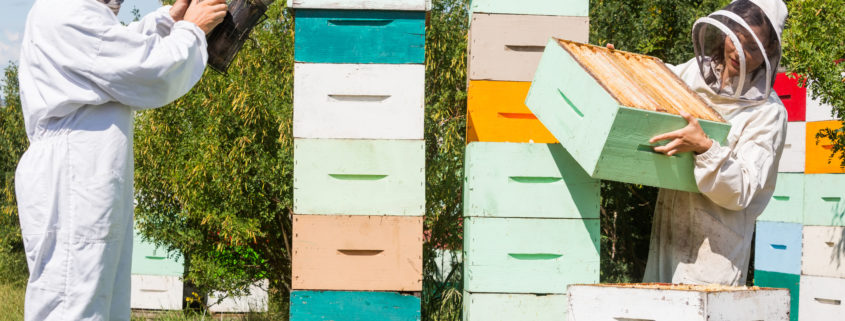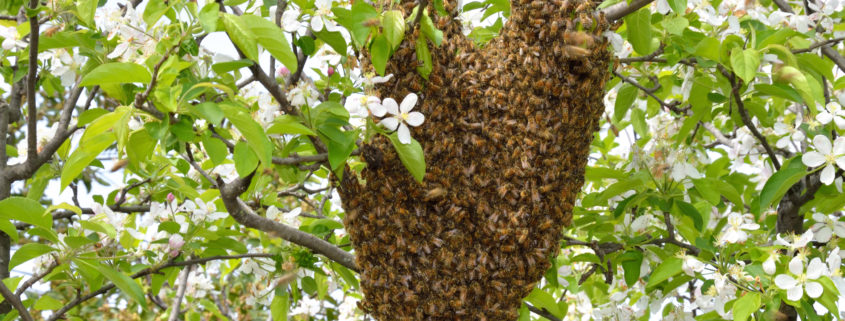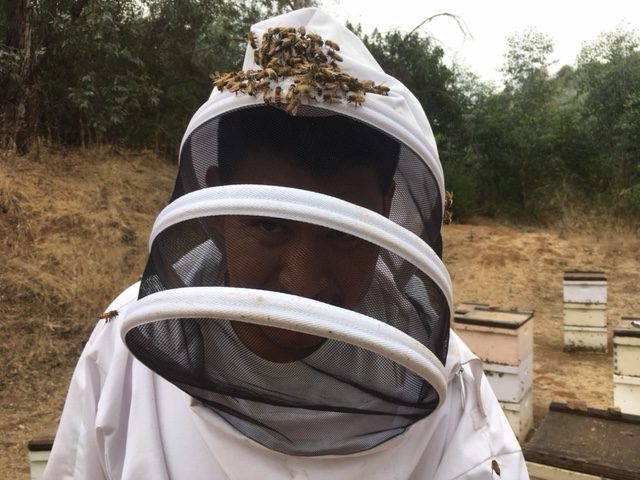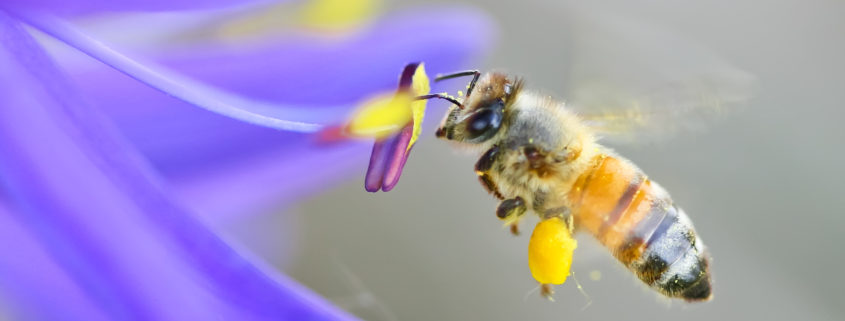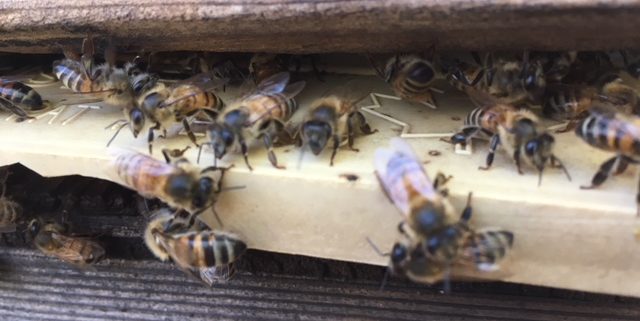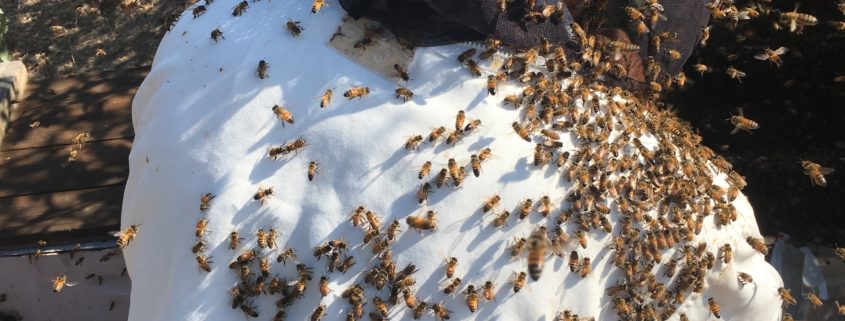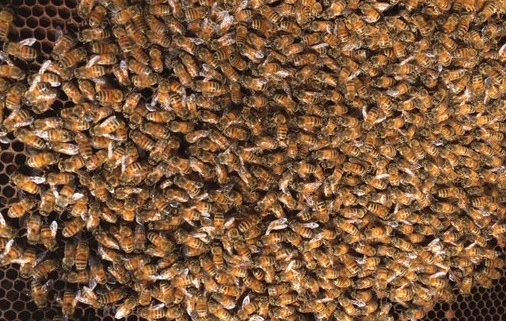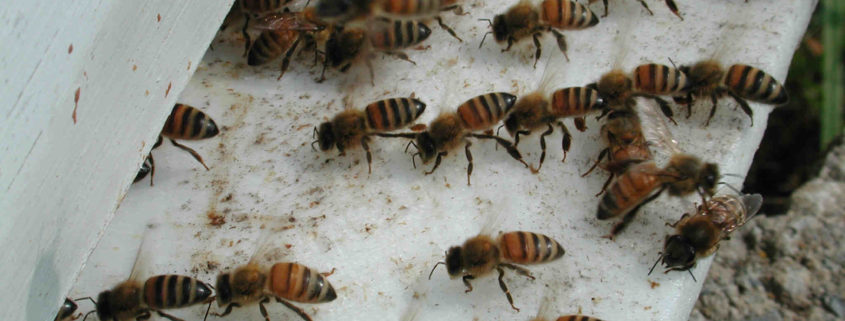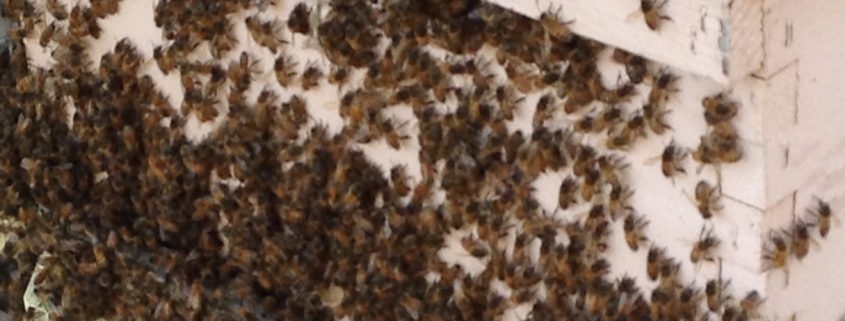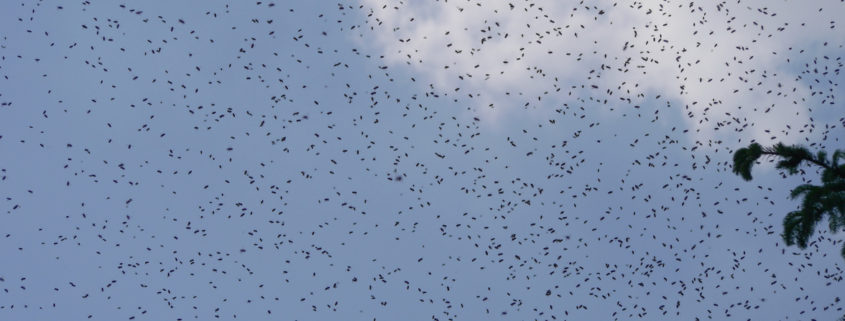A Giant Colony Of Honeybees
Once in a while, when everything is going right a beehive can grow to ridiculous proportions. If the colony has a young, strong-laying queen, lots of space, a perfect flow of honey and pollen, and little competition from other colonies, there is no telling how large a colony can grow! We have seen and heard stories of some of our customers’ colonies growing up to five and six stories high with honey throughout.
While exciting to behold, a giant colony is not always desirable and can sometimes be too much of a good thing, especially for small-scale beekeepers. Why? First, such a large colony, even if completely gentle, can be damaging for one’s relations with neighbors! What makes a large colony so successful in honey production is that its high overall population leads to a large number of bees coming and going to forage. While a few bees coming and going out of someone’s back yard can seem like part of the natural environment, unfortunately, clouds of bees in one’s backyard has the potential to become a public relations disaster. Large foraging populations inevitably lead to bees landing in swimming pools, fecal droppings on neighbors’ cars, greater risks of accidental stings, and of course the possibility of giant swarming events. The conscientious beekeeper should always minimize these concerns as much as possible.
Smaller colonies, while still able to produce honey, have several advantages over larger colonies. First, they can be kept more discreetly. Second, they make for easier management because they weigh less and take up less equipment. Also, for routine inspections and finding the queen, a small colony will always be easier to inspect.

